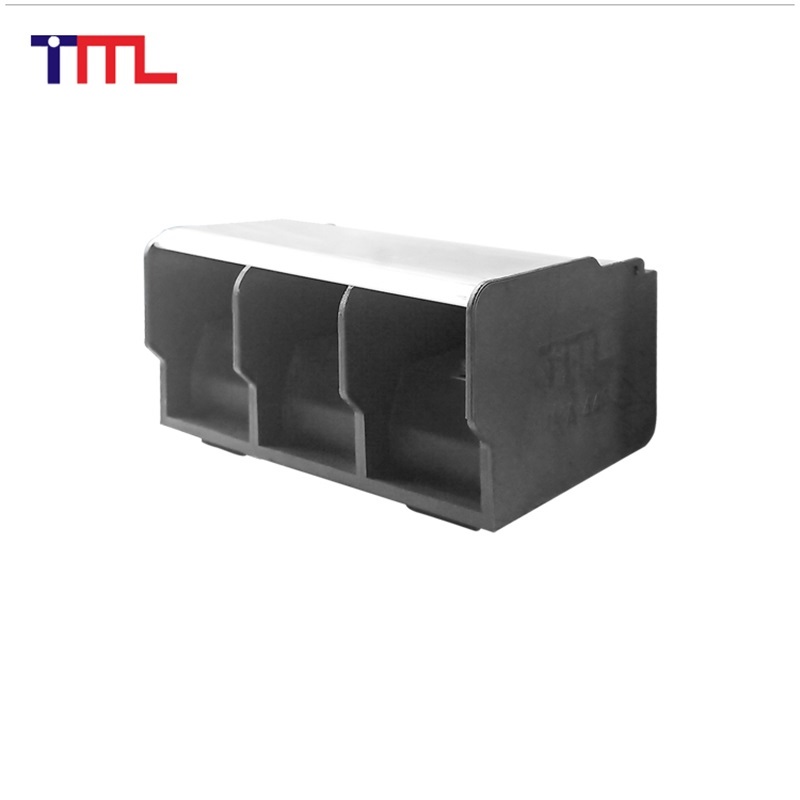![]()
Probe domestic switch needle KG-300K needle head diameter is 3.0mm, normally open switch needle
![]()
Shunluo tantalum capacitor / main push A type B / partial spot / advantage order / fast delivery
![]()
TP-IP4220CZ6 5V 0.35PF breakdown voltage 6V SOT
**Basic Knowledge of Physical Adsorption**
1. **What is the surface and surface area?**
The surface refers to the boundary between a solid and its surrounding environment, especially where liquids or gases interact. Surface area is the total area of this boundary. It can increase through particle division or pore formation, or decrease through sintering or melting.
2. **What is specific surface area? Why is it important?**
Specific surface area is the total surface area per unit mass of a material. It plays a key role in how solids interact with their surroundings, influencing properties like adsorption, catalytic activity, and mechanical behavior.
3. **What are pores?**
Pores are spaces within a solid, such as micropores (less than 2 nm), mesopores (2–50 nm), and macropores (over 50 nm). They can be found in particles, between particles, or in internal structures.
4. **What are open and closed pores?**
Open pores communicate with the outside and can be measured by gas adsorption. Closed pores are isolated and not accessible to external gases, often formed during high-temperature processes.
5. **What is porosity?**
Porosity refers to the presence of voids or holes in a material, affecting its structure and function. It's characterized by pore size, distribution, and volume.
6. **What is a porous material?**
A porous material contains interconnected or isolated pores, forming a network that influences properties like flowability, adsorption capacity, and mechanical strength.
7. **What does a real surface look like?**
Real surfaces are irregular at the microscopic level, with roughness from atomic arrangements, defects, and pores. These features significantly increase the actual surface area compared to idealized models.
8. **What factors affect surface area?**
Particle size, shape, and pore content all influence surface area. Smaller particles and more porous structures increase the available surface for interactions.
9. **Are calculated surface area values accurate?**
While particle size analyzers provide estimates, they may underestimate true surface area due to irregular shapes and internal pores. Gas adsorption methods are more reliable for accurate measurements.
10. **What are the types of pores?**
Pores vary in shape and size, including cylindrical, wedge-shaped, fracture, and ink-bottle-like structures. Each type contributes differently to the material’s properties.
11. **How is pore width classified?**
According to IUPAC, pores are classified as micropores (<2 nm), mesopores (2–50 nm), and macropores (>50 nm). Additional classifications include nanopores, ultramicropores, and supermicropores.
12. **What are the methods for analyzing surface and pore size?**
Common techniques include gas adsorption, mercury intrusion, electron microscopy, and small-angle scattering. Each has its own advantages and limitations in measuring different pore sizes.
13. **What is adsorption, and how is it different from absorption?**
Adsorption is the accumulation of molecules on a surface, while absorption involves penetration into the material. The term "sorption" encompasses both, depending on context.
14. **What is the nature of adsorption?**
Adsorption occurs because surface atoms have unbalanced forces, leading them to attract gas molecules. This process reduces surface energy and plays a vital role in many physical and chemical interactions.
15. **What are adsorbents, adsorbates, and adsorption spaces?**
An adsorbent is the material that attracts other substances, while an adsorbate is the substance being adsorbed. Adsorption space refers to the region occupied by the adsorbate on the surface.
16. **What is physical adsorption and chemisorption?**
Physical adsorption involves weak intermolecular forces, while chemisorption involves stronger chemical bonding. Both can occur simultaneously, with physical adsorption typically occurring at lower temperatures.
17. **What is the physical adsorption process in mesoporous materials?**
Mesoporous materials undergo monolayer/multilayer adsorption, followed by capillary condensation when pressure increases. This process helps determine pore size and structure.
18. **What is a gas adsorption isotherm?**
An adsorption isotherm shows the amount of gas adsorbed on a surface at a constant temperature and varying pressure. It provides valuable insights into surface properties and pore characteristics.
19. **How is specific surface area analyzed using gas adsorption?**
Gas adsorption measures the amount of gas that adheres to the surface, allowing calculation of the specific surface area. Techniques like nitrogen adsorption are commonly used, involving precise pressure control and data analysis.
In summary, understanding physical adsorption and surface properties is essential for optimizing materials in various applications, from catalysis to filtration and beyond.
Module Terminal Block
Integrity and caring is the purpose of our service. Affordable, cost-effective, carefully selected materials, quality Seiko. On-demand customization, fast delivery, considerate service, honest cooperation. We have used oil in many physical factories, the manufacturers directly connect with customers, and have many years of industry experience. More high-quality materials to create high-quality products.
We specialize in the production of terminal blocks, there are different types, PCB Terminal Block and Din Rail Terminal Block. You can go to our website to browse. More Spring Terminal is on sale, which can be customized according to your needs. If you are interested, you can consult us. If you need some Terminal Pins or other Terminal Block Accessories, you can also consult us, we support customization and wholesale.
module terminal block,terminal block module,terminal block breakout module
Sichuan Xinlian electronic science and technology Company , https://www.sztmlch.com
